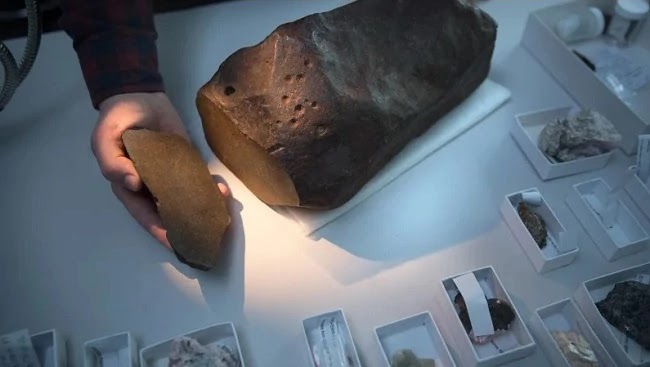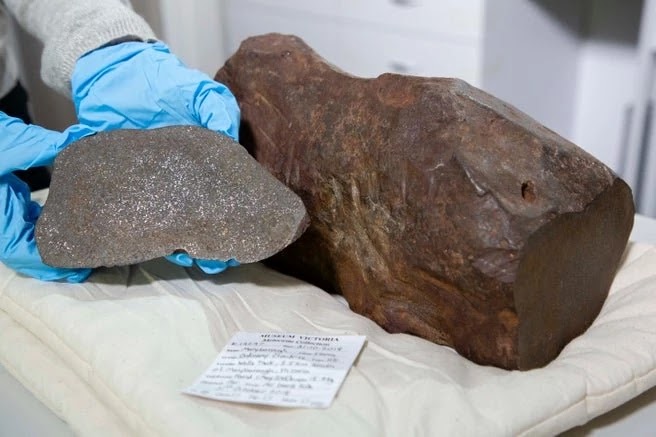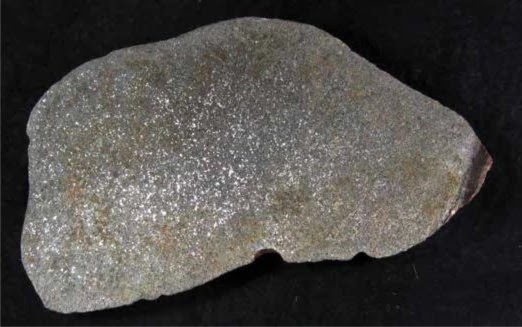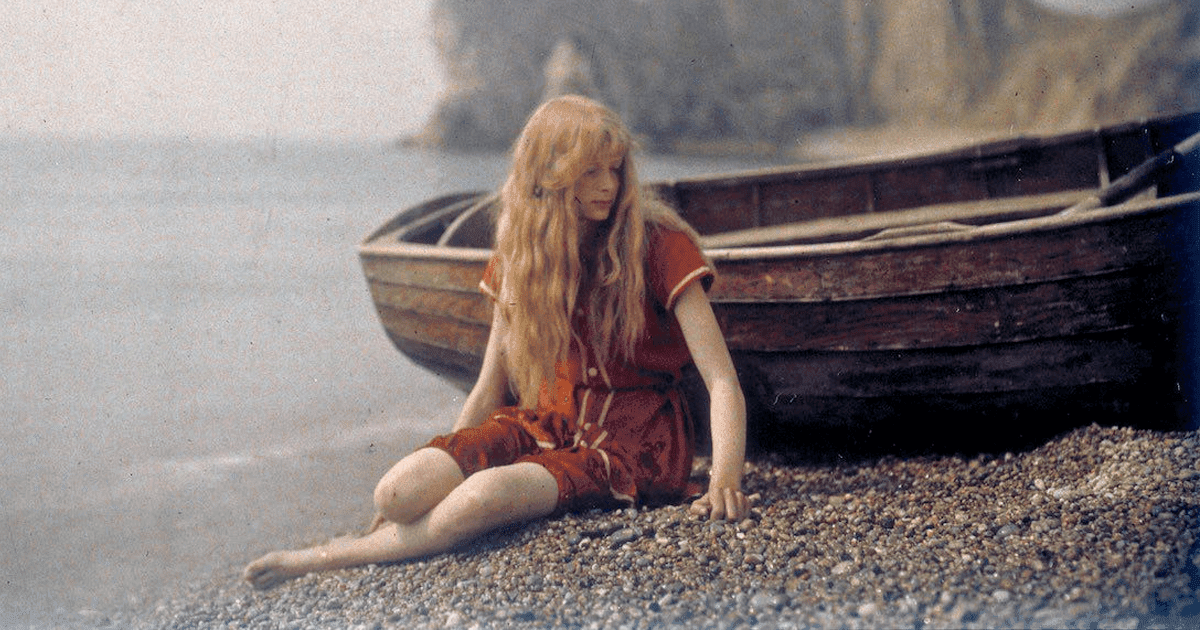Back in 2015, David Hole had been prospecting in Maryborough Regional Park next to Melbourne, Australia.
Armed with his metal detector, he discovered something extraordinary: a very heavy, reddish rock resting in a yellow clay.
He took it home and tried to open it, and sure enough there was a kind of "gold nugget" inside the rock - Maryborough is in the Goldfields region after all, where the Australian gold rush peaked back in the 19th century.
To crack open his finding, Hole tried a rock saw, an angle grinder, a drill, he even put the thing in acid, but not even a sledgehammer made a crack. This is because what he was trying so hard to open was no gold nugget. As he discovered years later, it was a rare meteorite.
Although he couldn't open the 'rock,' Hole was really intrigued, so he took it to the Melbourne Museum to be identified.
After 37 years of working at this museum and examining thousands of rocks, geologist Dermot Henry explained that only two of the offerings have ever turned out to be real meteorites.
That was one of the two.
The researchers recently published a scientific paper that describes the 4.6 billion-year-old meteorite, which they have called Maryborough after the town near where it was found.
It is a massive 17 kilograms (37.5 pounds. After the researchers used a diamond saw to cut off a small slice, they discovered that it is composed of a high percentage of iron, which makes it an H5 ordinary chondrite.
Once it's open, you can also see the tiny crystallized droplets of metallic minerals throughout it, called chondrules.
While the researchers still don't know where the meteorite came from or how long it might have been on the planet, they do have some guesses.
The Solar System was once a spinning pile of dust and chondrite rocks. Gravity eventually pulled a lot of this material together into planets, but the leftovers mostly ended up in a huge asteroid belt.
Carbon dating suggests that the meteorite has been on Earth between 100 and 1,000 years, and there have been several meteor sightings between 1889 and 1951 that could correspond to its arrival on our planet.
The researchers say that Maryborough meteorite is much rarer than gold. It is one of only 17 meteorites ever recorded in the Australian state of Victoria, and it's the second-largest chondritic mass, after a huge 55-kilogram specimen identified in 2003.
This research was published in the scientific journal Proceedings of the Royal Society of Victoria.

static.ffx.io

Melbourne Museum

Birch et al., PRSV, 2019
















COMMENTS